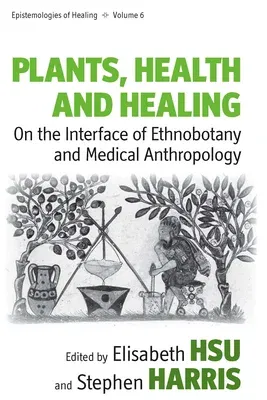Plants, Health and Healing: On the Interface of Ethnobotany and Medical AnthropologyPaperback, 1 March 2012

Qty
1
Turbo
Ships in 2 - 3 days
In Stock
Free Delivery
Cash on Delivery
15 Days
Free Returns
Secure Checkout

Part of Series
Epistemologies of Healing
Part of Series
Epistemologies of Healing, 6
Print Length
328 pages
Language
English
Publisher
Berghahn Books
Date Published
1 Mar 2012
ISBN-10
0857456334
ISBN-13
9780857456335
Description
Product Details
Book Format:
Paperback
Country of Origin:
US
Date Published:
1 March 2012
Dimensions:
22.86 x
15.24 x
1.75 cm
Genre:
Medical/Medicine Aspects
ISBN-10:
0857456334
ISBN-13:
9780857456335
Language:
English
Location:
New York, NY
Pages:
328
Publisher:
Weight:
439.98 gm